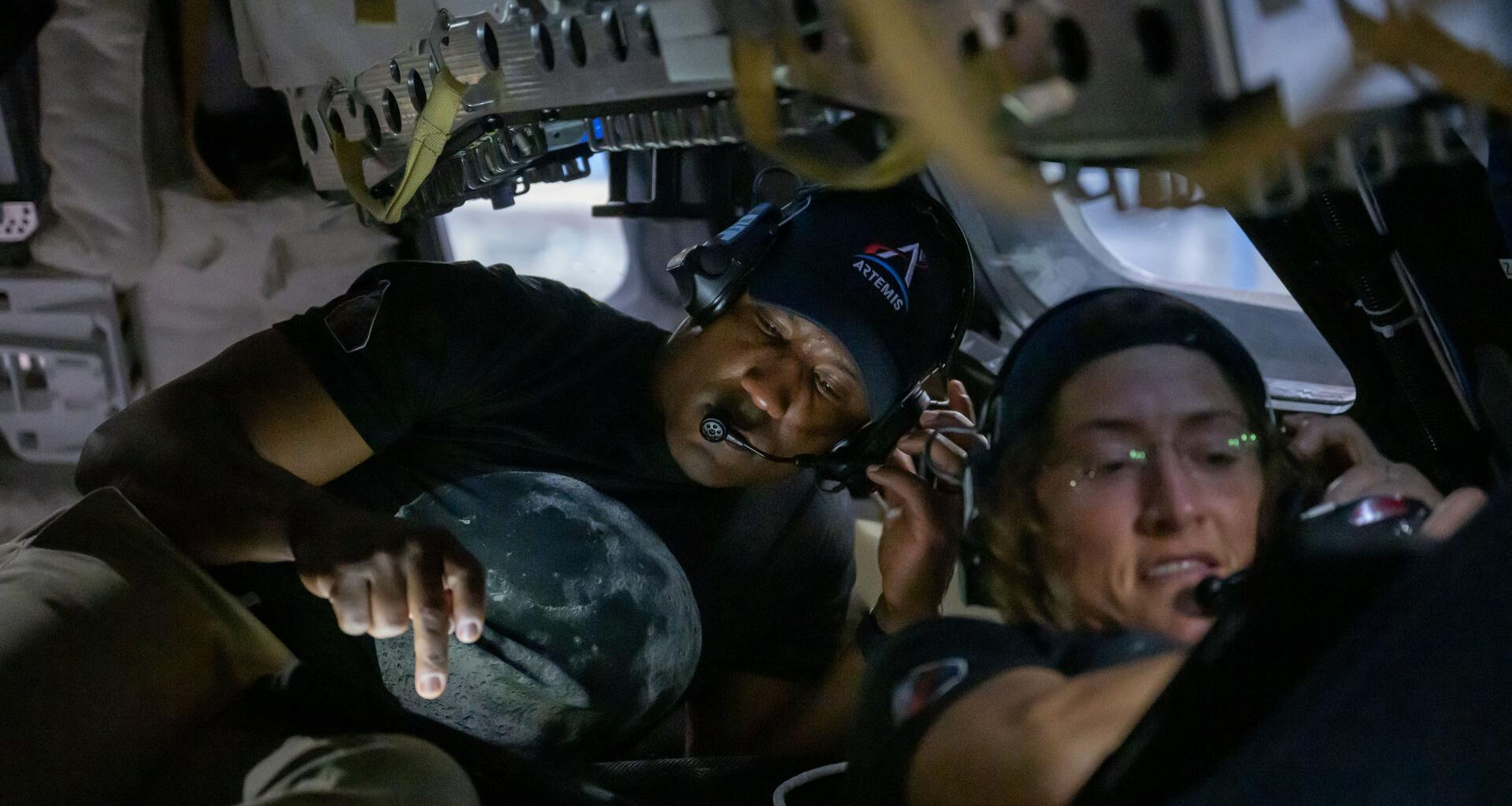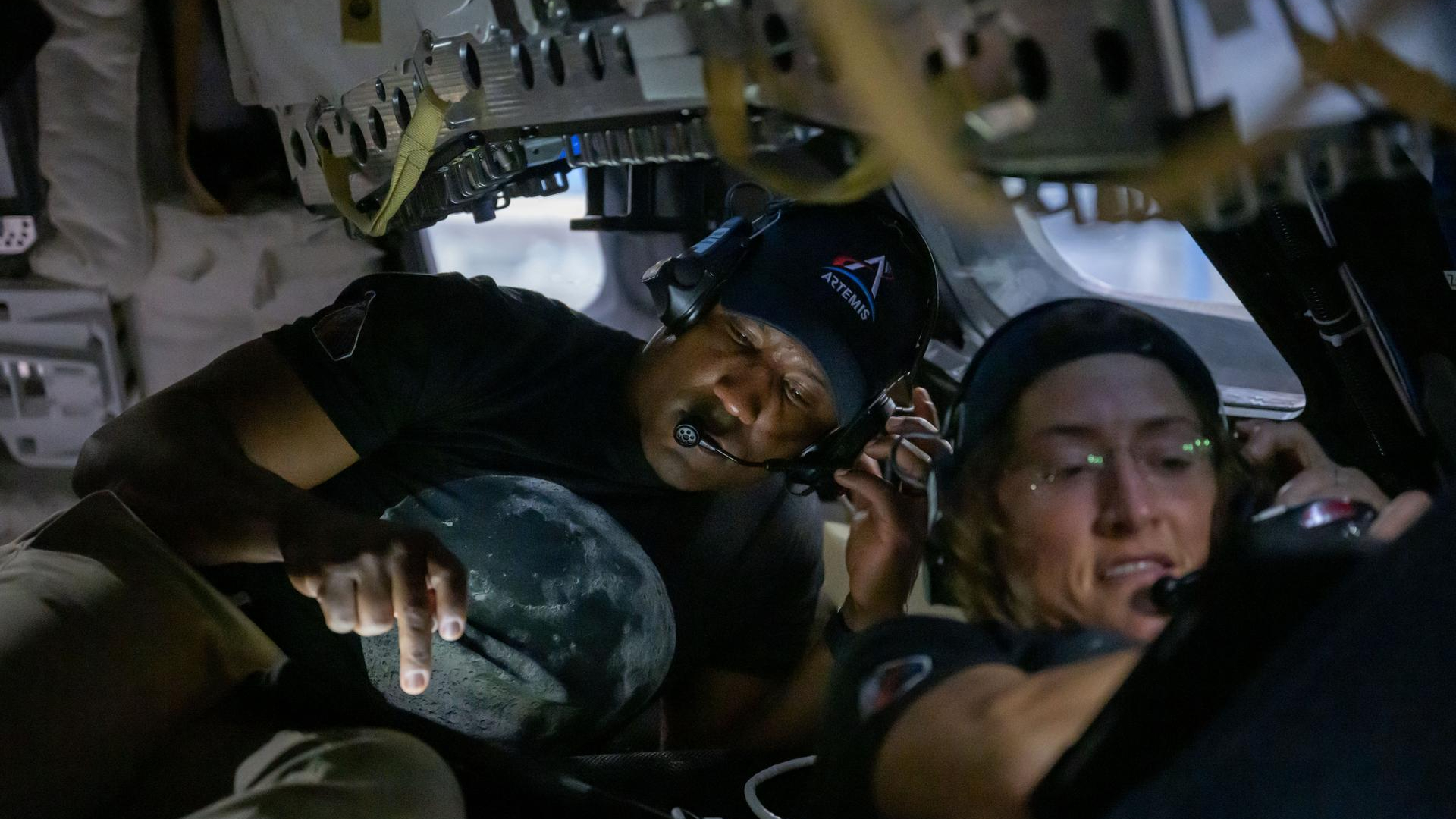NASA’s Artemis program aims to return humans to the moon, laying the groundwork for deeper lunar exploration and possible colonization. Named after the twin sister of Apollo in Greek mythology, Artemis seeks to build on what the Apollo missions began more than half a century ago.
With a proposed launch date in early 2026, Artemis 2 will build on the accomplishments of Artemis 1, which launched in November 2022. However, unlike Artemis 1, which sent an uncrewed Orion spacecraft to lunar orbit and back, Artemis 2 will include four astronauts, who will fly by the moon on a roughly 10-day space mission.
The astronauts are NASA Commander Reid Wiseman, NASA pilot Victor Glover, NASA mission specialist Christina Koch and Canadian Space Agency mission specialist Jeremy Hansen.
You may like
This photo was taken at NASA’s Johnson Space Center in Houston, where part of the Artemis 2 crew training is taking place.
Artemis 2 astronauts Victor Glover and Christina Koch run through lunar observation procedures inside a mockup Orion capsule. (Image credit: James Blair – NASA – JSC)Why is it amazing?
As part of their training, the four Artemis 2 crew members run through a series of protocols to practice observing and photographing the moon from their mockup Orion capsule. While Orion is equipped with advanced navigation and guidance systems, the astronauts must also be ready to rely on their training as a backup.
By rehearsing in a full-scale capsule mockup, the crew learns how the moon and Earth will appear through Orion’s windows, how to position themselves for the best visibility, and how to record observations under the same spatial and lighting constraints they will face during their flight.
You can read more about the upcoming Artemis 2 launch and the goals of the mission.


